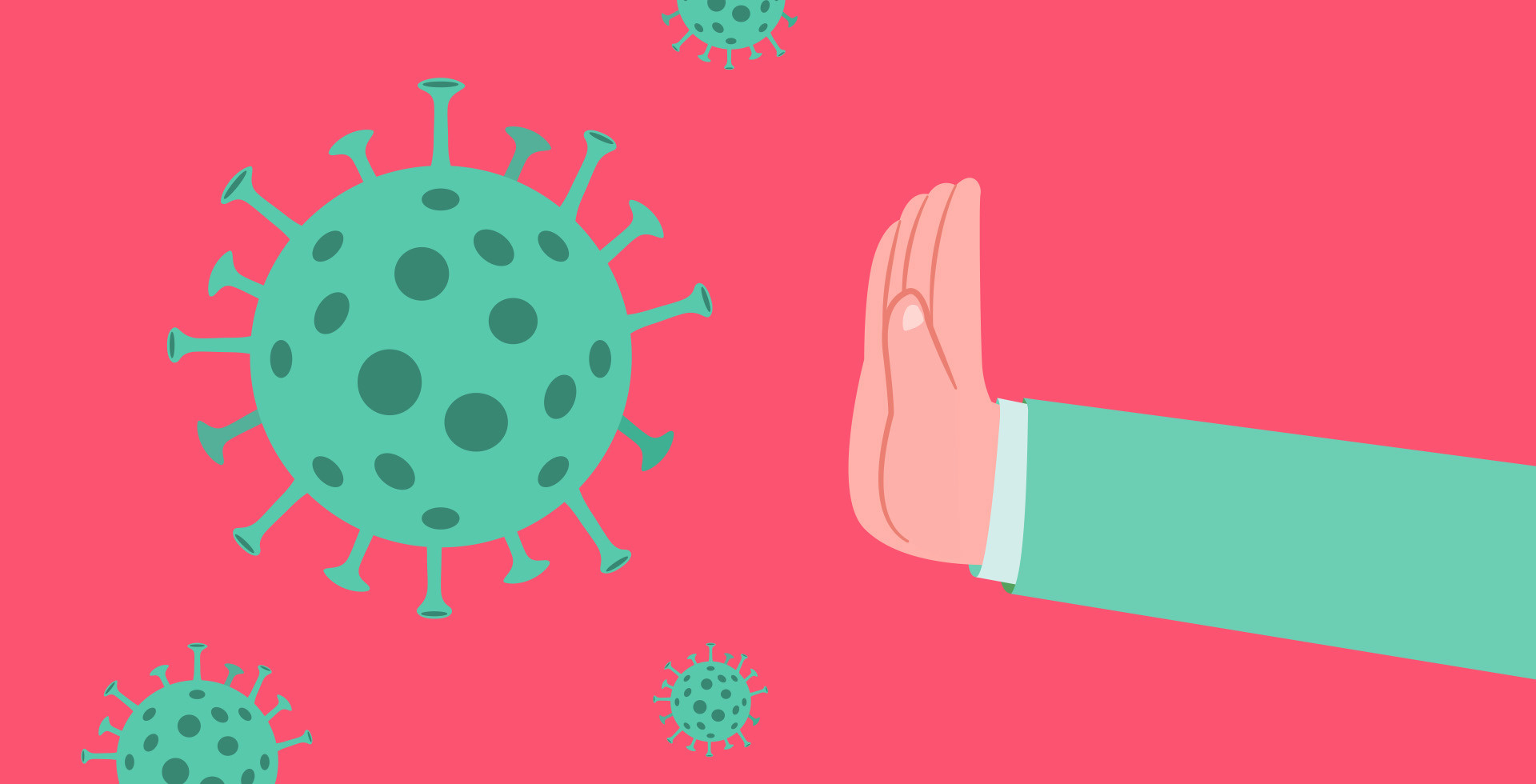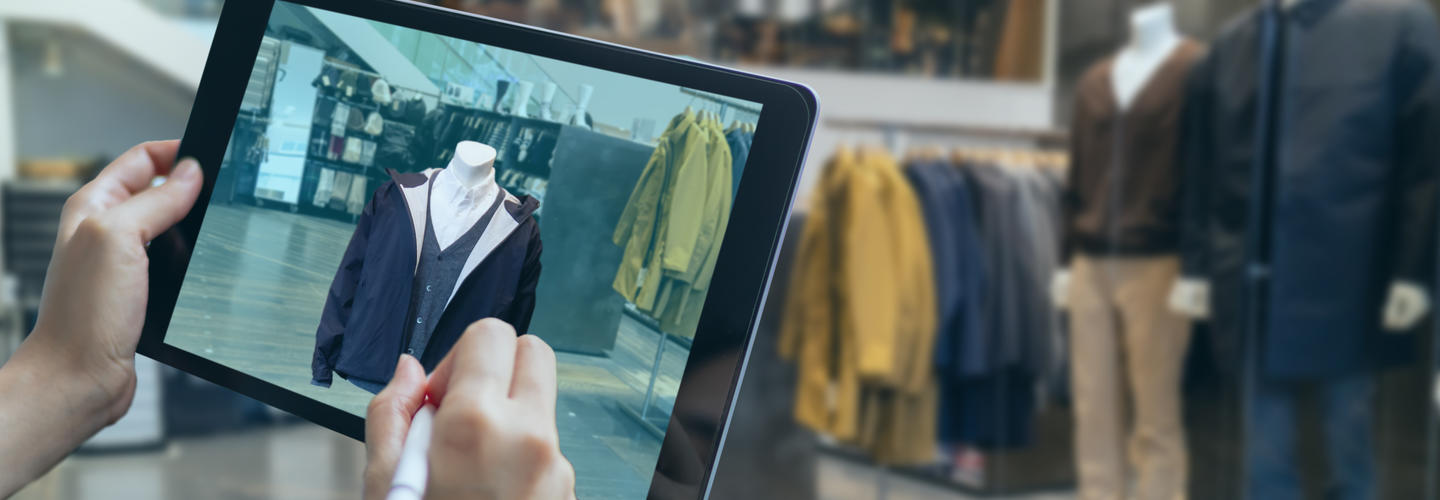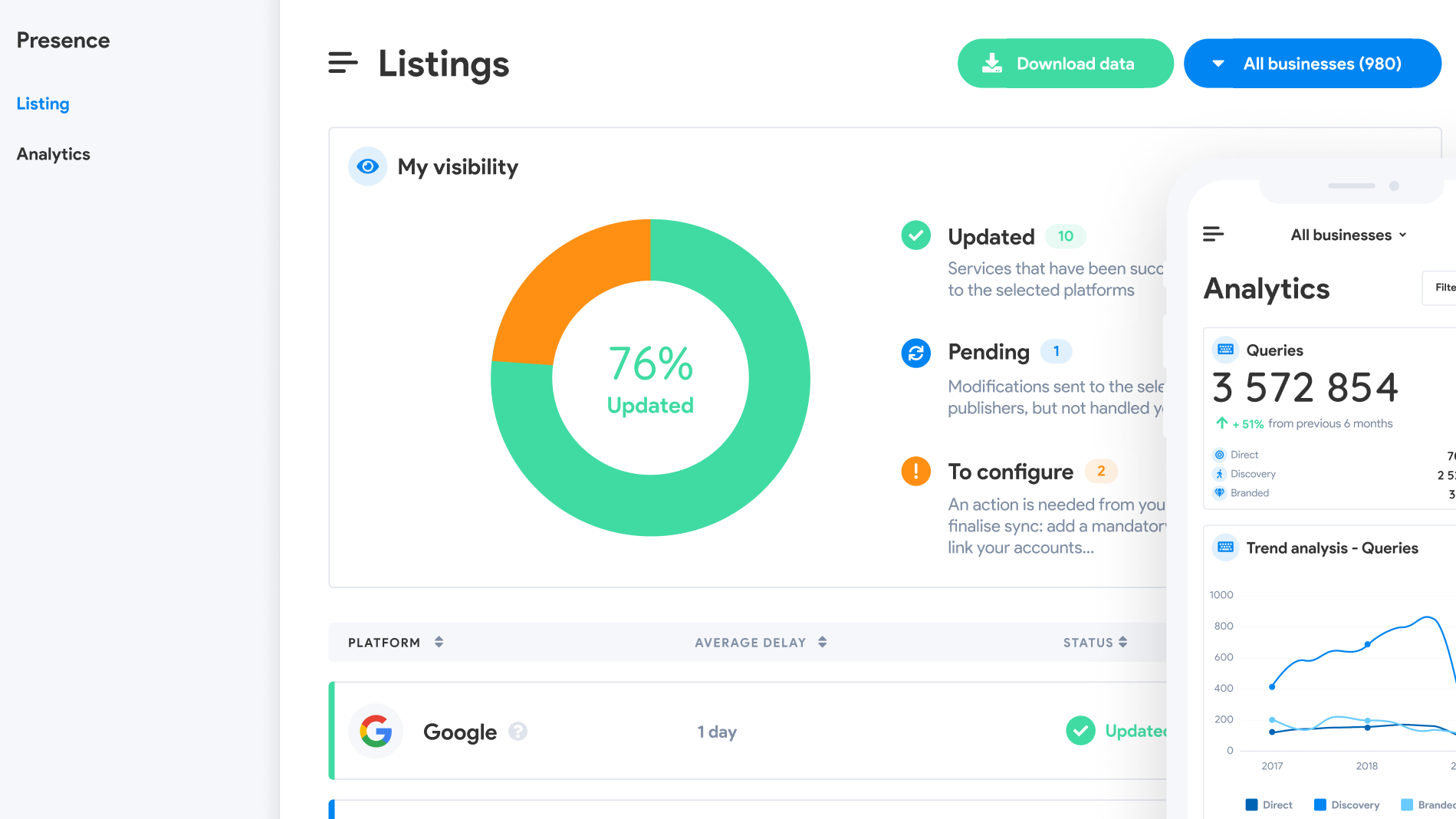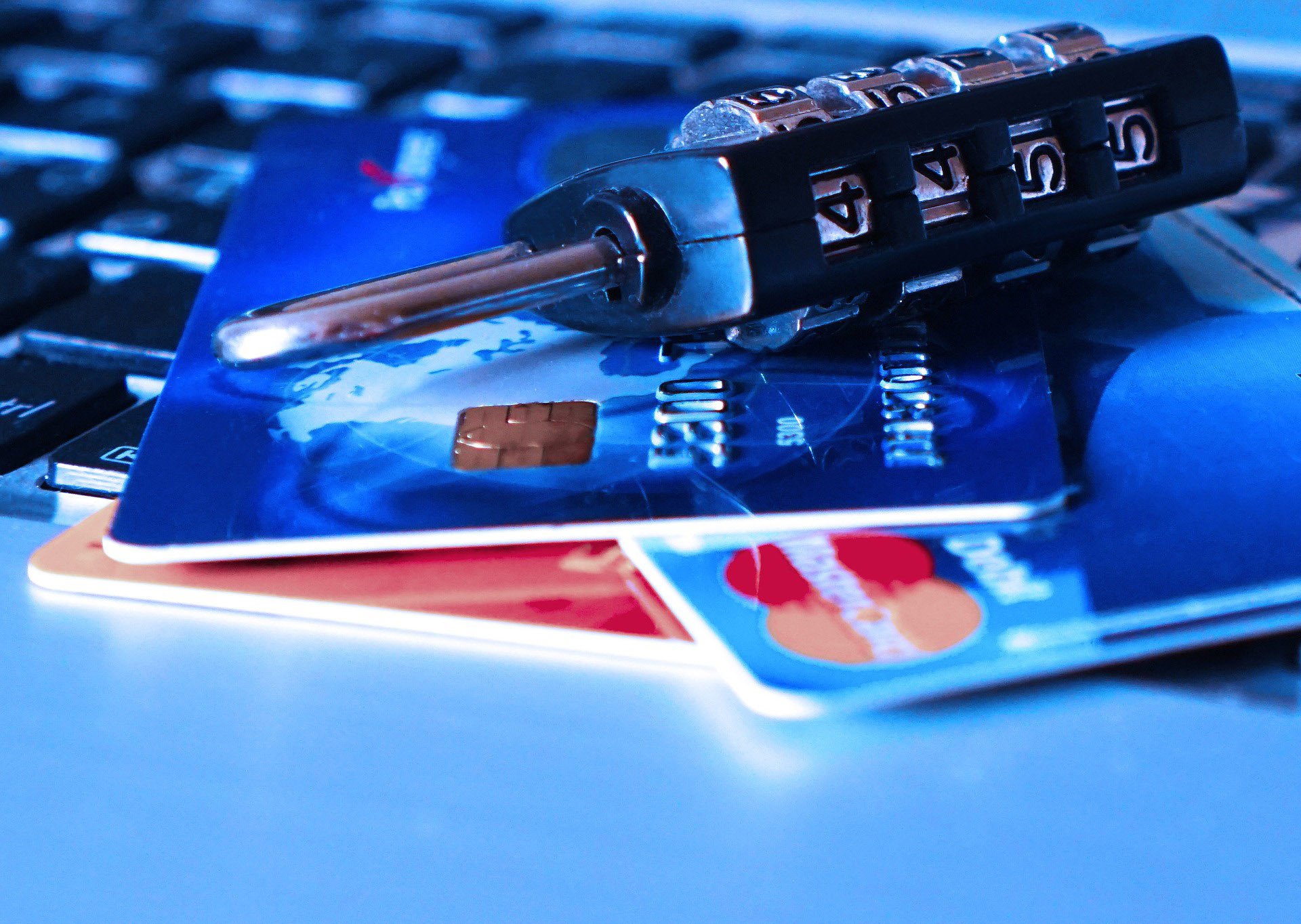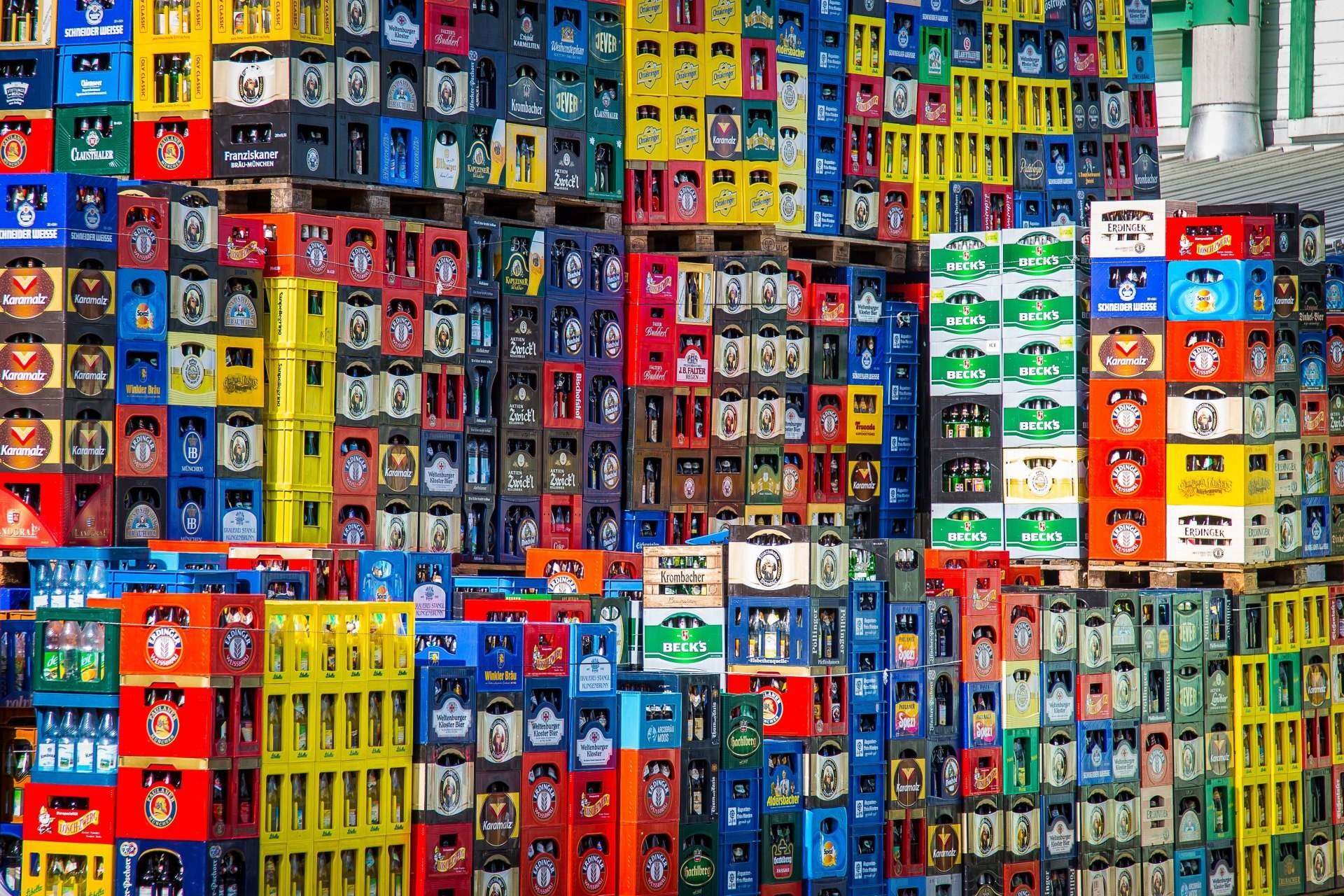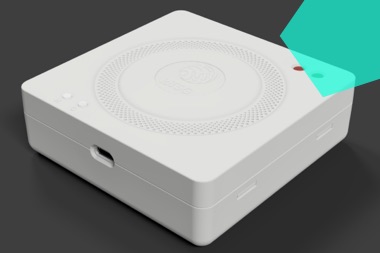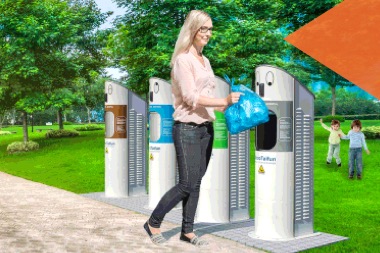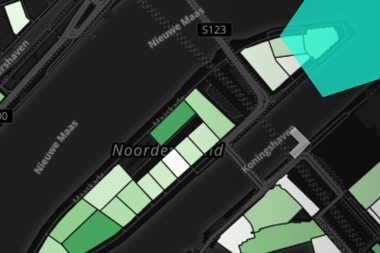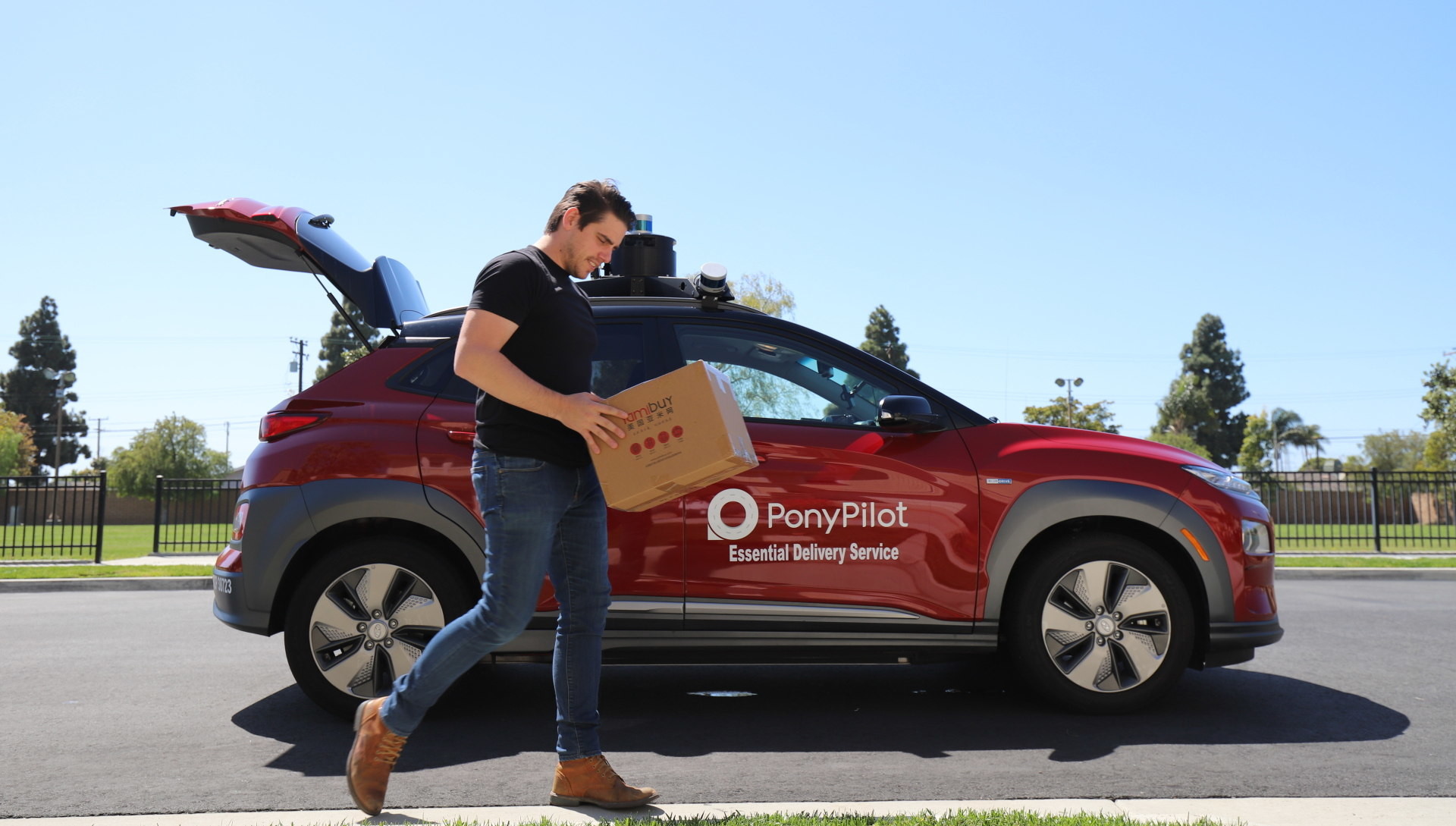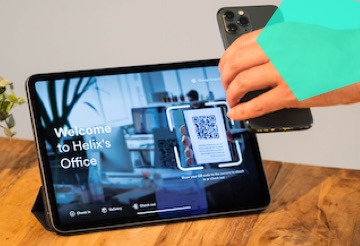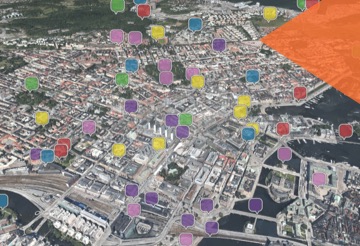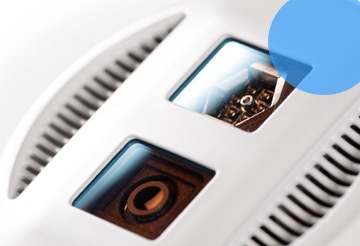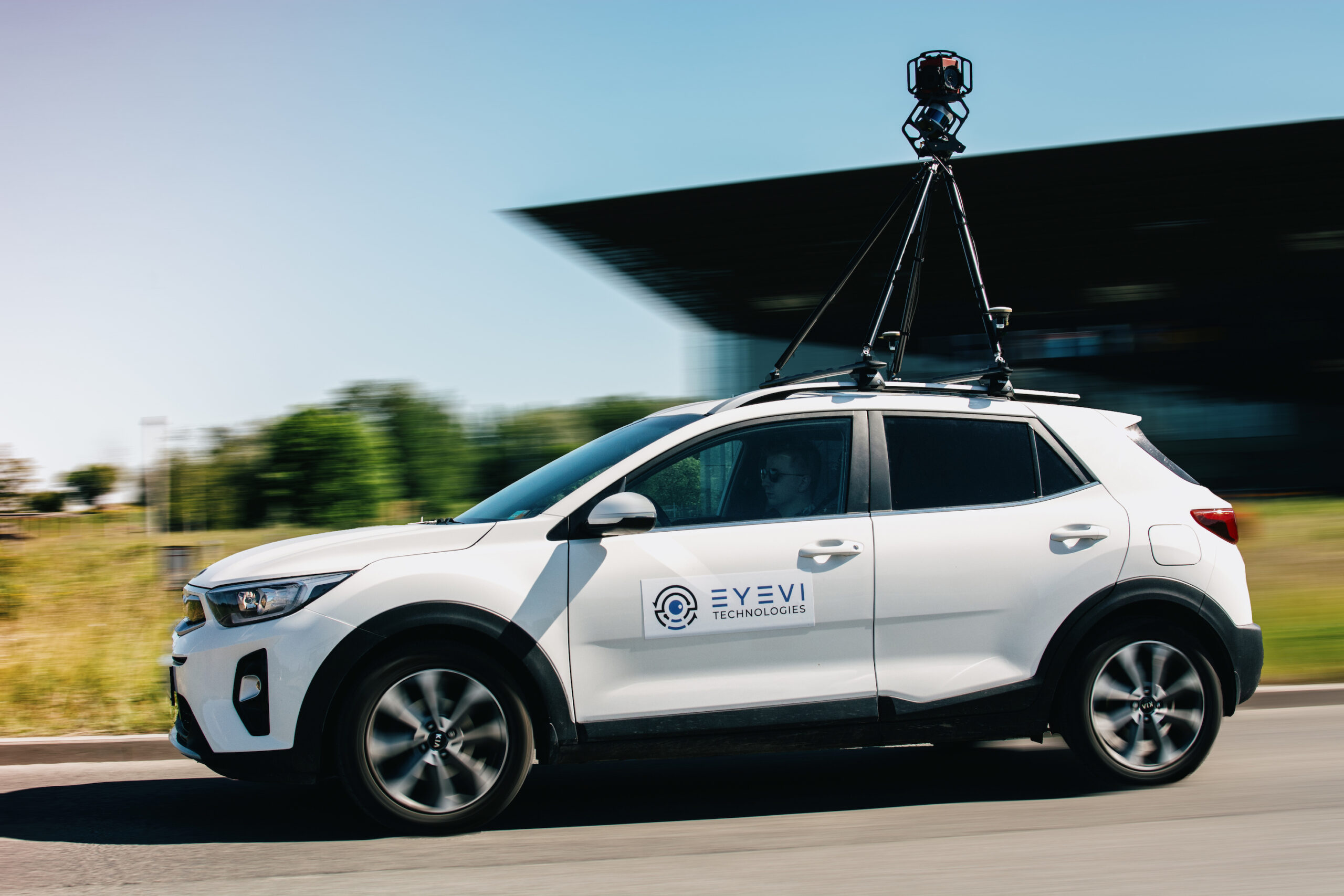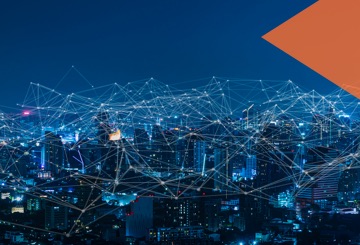Author | M. Martínez @euklidiadasDo we have to choose between privacy and health? And the key question: Should we choose between privacy and health? There is a notable difference between Western and Asian approaches with regard to combating the coronavirus pandemic. While Europe or the United States are focusing on reinforcing their hospitalisation and ICU services, China, South Korea and Singapore are working on preventing it.These three regions have used or are using mobile technology to control an entire population, a strategy that violates the European GDPR (the most restrictive global data protection model) but which, in turn, is also rapidly controlling the contagion curve. It is not politics, it is science: mass surveillance works in the fight against pandemics.
Confirmed cases, compared with global cases
Taiwan recorded the first cases long before countries such as Spain, the United States or Mexico and, yet, by the beginning of March, there were barely 50 confirmed cases. The progress in this region has been slow or practically non-existent compared with the rest of the cases worldwide. At the time of writing this article, Singapore has 926 confirmed cases, three deaths and 240 recovered cases; Taiwan 322 confirmed cases, 5 deaths and 39 recovered cases; and South Korea 9,887 confirmed cases, 165 deaths and 5,567 recovered cases. The strategy in these countries and regions has been mass-testing, quarantine at the very first signs of symptoms and symptom-monitoring.
At the time of writing this article, Singapore has 926 confirmed cases, three deaths and 240 recovered cases; Taiwan 322 confirmed cases, 5 deaths and 39 recovered cases; and South Korea 9,887 confirmed cases, 165 deaths and 5,567 recovered cases. The strategy in these countries and regions has been mass-testing, quarantine at the very first signs of symptoms and symptom-monitoring.
Big Data and technology to track and fight the Coronavirus in Taiwan
The SARS outbreak in 2003 was, for many Asian countries, a sign of what could happen in the future. Regions greatly affected by SARS, such as Hong Kong (death rate of 17% in 2003) or Taiwan (21.1%) decided, in 2004, to establish new protocols to prevent outbreaks like this and other viral diseases. To such a point that Taiwan began implementing measures before the official confirmation of the outbreak:“On December 31, 2019, when the World Health Organization was notified of pneumonia of unknown cause in Wuhan, China, Taiwanese officials began to board planes and assess passengers on direct flights from Wuhan for fever and pneumonia symptoms before passengers could deplane.” — Response to COVID-19 in TaiwanHowever, its active policy in search of contagious infections did not end there. Taiwan has been rated as one of the most high-tech regions in the world, with a vast unified population-level data source for generating real-world evidence. The National Health Insurance database was being screened in real time. The aim? To find patients with symptoms that may coincide with COVID-19, the name given to the disease caused by the officially named serious acute respiratory syndrome coronavirus 2 or SARS-CoV-2.Despite being the second most vulnerable region in the world due to this outbreak at the end of January 2020, in March, Taiwan confirmed that its policies were working. But Big Data was not the only tool being used by this and other governments.
QR codes leading to health declarations — Identifying high risk groups
 Taiwan was one of the first regions in the world to apply personal monitoring technology and QR images, if not the first. Other regions such as Hong Kong, Singapore and South Korea implemented similar measures. This initiative can now be found in western countries including Spain or Italy.The idea of this technology is relatively simple: QR is an image that links users to a website instead of typing it by hand. It just needs to be scanned like a barcode. Once digitalised with a smartphone, which we all carry, the website displays a personal form with basic questions.Users type in a personal code, such as an ID document, they indicate possible symptoms (cough, fever, headache, etc.) and the data go straight to Taiwan’s Centers for Disease Control. The key to this approach is for all residents and foreigners arriving in a particular region to take this small test. The Taiwan government made it mandatory.Those showing compatible symptoms were placed in quarantine and tested, this time with specific tests to detect the virus. There were often false positives, but when a case was confirmed as positive, the aim was to monitor those with whom they had been in contact; a controversial measure in the west.
Taiwan was one of the first regions in the world to apply personal monitoring technology and QR images, if not the first. Other regions such as Hong Kong, Singapore and South Korea implemented similar measures. This initiative can now be found in western countries including Spain or Italy.The idea of this technology is relatively simple: QR is an image that links users to a website instead of typing it by hand. It just needs to be scanned like a barcode. Once digitalised with a smartphone, which we all carry, the website displays a personal form with basic questions.Users type in a personal code, such as an ID document, they indicate possible symptoms (cough, fever, headache, etc.) and the data go straight to Taiwan’s Centers for Disease Control. The key to this approach is for all residents and foreigners arriving in a particular region to take this small test. The Taiwan government made it mandatory.Those showing compatible symptoms were placed in quarantine and tested, this time with specific tests to detect the virus. There were often false positives, but when a case was confirmed as positive, the aim was to monitor those with whom they had been in contact; a controversial measure in the west.
How to track people in quarantine through their mobile phones
 The website with a questionnaire hidden behind a QR, or the use of Big Data to screen databases in real time, is just part of the puzzle used in Singapore, South Korea, Taiwan, Hong Kong or the rest of China to combat COVID-19. Actively monitoring mobile phones across the country, and therefore its citizens, has been the key measure to stem the pandemic.In this case, the use of technology is very easy to understand with an example. Let’s imagine Libo has taken the bus to work, getting on at 8:00 in Puwei and getting off in Datong Farm (Changhua county), at 8:40. After a day’s work with his colleagues, he does the return journey from 16:00 to 16:40. But before going home, he goes to the supermarket and starts feeling unwell.When Libo takes the QR test, he self-isolates and self-quarantines until he receives the medical test. Unfortunately, he tests positive for coronavirus. Meanwhile, the government has extracted georeferenced data from Libo and all those that shared the bus, work or supermarket with him and it has asked them via push notifications to self-isolate.After Libo tested positive, they too will receive healthcare workers at their home. This highly aggressive procedure which, sometimes leads to large companies or entire neighbourhoods being placed in quarantine, and monitors the movements of millions of people, has proven to be as intrusive as it is efficient.Despite the fact that, in political terms, the measure contravenes western values, science, medicine and the health system often permeate political identities and some procedures prove to be much more efficient than others. Something to be taken into account in the future.Images | iStock/ZOONO3, iStock/3DSculptor, iStock/Travel Wild
The website with a questionnaire hidden behind a QR, or the use of Big Data to screen databases in real time, is just part of the puzzle used in Singapore, South Korea, Taiwan, Hong Kong or the rest of China to combat COVID-19. Actively monitoring mobile phones across the country, and therefore its citizens, has been the key measure to stem the pandemic.In this case, the use of technology is very easy to understand with an example. Let’s imagine Libo has taken the bus to work, getting on at 8:00 in Puwei and getting off in Datong Farm (Changhua county), at 8:40. After a day’s work with his colleagues, he does the return journey from 16:00 to 16:40. But before going home, he goes to the supermarket and starts feeling unwell.When Libo takes the QR test, he self-isolates and self-quarantines until he receives the medical test. Unfortunately, he tests positive for coronavirus. Meanwhile, the government has extracted georeferenced data from Libo and all those that shared the bus, work or supermarket with him and it has asked them via push notifications to self-isolate.After Libo tested positive, they too will receive healthcare workers at their home. This highly aggressive procedure which, sometimes leads to large companies or entire neighbourhoods being placed in quarantine, and monitors the movements of millions of people, has proven to be as intrusive as it is efficient.Despite the fact that, in political terms, the measure contravenes western values, science, medicine and the health system often permeate political identities and some procedures prove to be much more efficient than others. Something to be taken into account in the future.Images | iStock/ZOONO3, iStock/3DSculptor, iStock/Travel Wild
